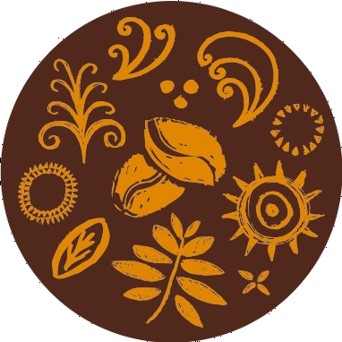Brewers’ results in Nigeria show the highs and lows of the operating environment in 2017: surging growth but even higher finance costs and cost of sales.
One could be forgiven for thinking that Nigerian consumers were drinking more beer to forget what a miserable past couple of years it has been as the major breweries have come out with their interim results. The general picture is one of surging growth AND a massive battle to manage costs. In this piece we’ll take a look at Nigerian Breweries (Heineken), Champion Breweries (also Heineken), Guinness Nigeria (Diageo) and International Breweries (ABInBev).
So far, what we know is:
Nigerian Breweries: 15% growth in revenues for the first six months of the fiscal year. Sales up from N157bn (430m) to N181bn ($500m). Operating costs up 28%, driven by horrible rates of inflation. Net profit up by nearly 25% thanks to a few exceptional items.
Champion Breweries: 25% growth in revenues for the six months until end of June, up from N1.8bn ($5.0m) to N2.3bn ($6.4m). Net profit up by 9%. Cost of sales up 33% thanks to inflation and higher input costs.
International Breweries: 37% growth in sales in Q1 FY2017/8 from N6.9bn ($19.1m) to N9.4bn ($26.0m). Profit down by 18%. Cost of sales up 48%. International Breweries is looking to merge with Intafact Beverages and Pabod Breweries having reached the conclusion that it’s easier to manage costs at scale.
Guinness Nigeria: in April it reported revenue growth of 29% in the 9-months to 31 March 2017, up from N70bn ($193.6m) in the previous year to to N90bn ($249.0m). But its costs of sales rose by 47% and its net finance costs rose by 177% due to unrealized foreign exchange losses. As a result, it posted its fourth consecutive quarterly loss.
Outside brewing, it is a similar picture in soft drinks: the Seven-Up Bottling Company, which bottles PepsiCo products in Nigeria saw sales rise 20% in Q1 FY2017/8 but profits were eaten up finance costs (up 85%) and cost of sales (up 35%), taking the company into a loss for the period.
At Trendtype we’ve long forecast that things won’t get back on track until 2018 and the key is not just a rise in oil prices but – as these results show – managing the Naira more effectively. The brewers’ results show that there is no lack of demand in the Nigerian market and that the major only issue standing between profit and loss is a weak naira pegged to an official rate nobody really believes – and dollar shortage, price increases and high inflation it brings.
Inflation remains high, but is slowly coming down. In July it fell to a 13 month low of 16.1%, still a long way off the sub 10% inflation rate of 2014 and 2015.
Today the Nigerian government sought to unify its multiple exchange rates by allowing banks to use a currency window for investors when quoting the naira rather than the official rate. As a result, the naira weakened on the interbank market by 14%.
It’s a big gamble, but one seen by many investors as the right step. A step in which we get closer to transparency on FX rates, even at the risk of Nigerian businesses suffering higher costs for imported goods. For FMCG companies in Nigeria, that would go some distance to curing the single largest headache giving finance directors grey hairs: how to manage FX.










